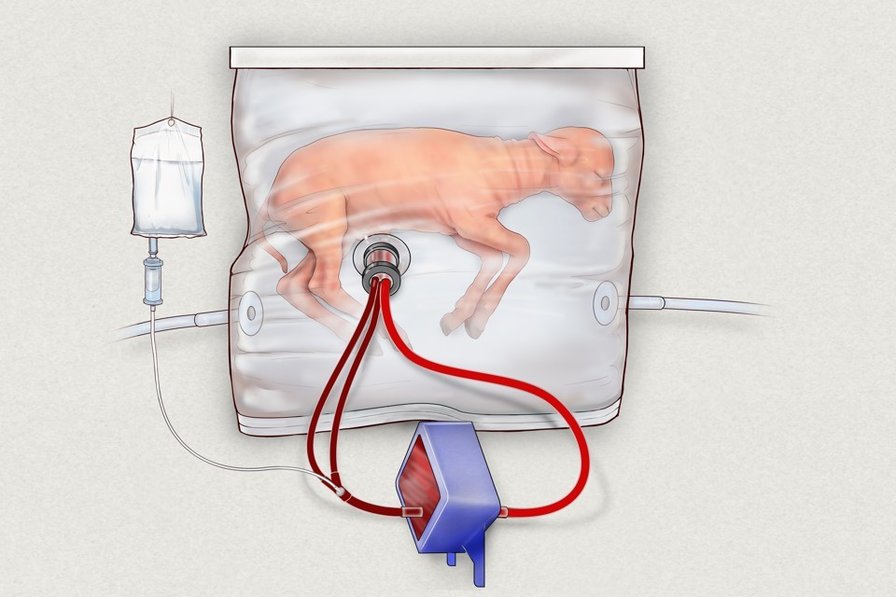By Roxanne Lee
Staff Writer

A sugar called cyclodextrin may be used to clear cholesterol out of human hearts in the near future, immunologist Eicke Latz and colleagues reported April 6 in Science Translational Magazine.
Cholesterol is a serious problem in the US, with 73.5 million adults in U.S. having bad cholesterol, and fewer than 1/3 of adults with bad cholesterol have it under control.
Cholesterol is not inherently bad. It is a waxy, fat-like substance found in all cells in the body. The body needs cholesterol to make hormones, vitamin D, and compounds to digest food. Cholesterol travels though the blood in packages called lipoproteins, packages with fats on the inside and proteins on the outside.
Having high cholesterol in and of itself often goes undetected, because the condition doesn’t have signs or symptoms. High blood cholesterol means a higher chance of getting coronary heart disease, and twice the risk of having heart disease as those with normal cholesterol levels.
The idea to test cyclodextrin in treating cholesterol buildup was given to Latz by Nevada couple Chris and Hugh Hempel. The Hempel couple has twin daughters, Addi and Cassi, who were diagnosed with Niemann-Pick type C (NPC) in 2007, a rare degenerative genetic disease. Those with NPC are not able to properly metabolize cholesterol an other lipids within the cell, which leads to cholesterol buildup in the liver and the spleen and excessive lipid buildup in the brain.
NPC is extremely rare, with only 500 cases diagnosed worldwide, and the disease is always fatal, with the majority of children with the disease dying before age 20. NPC has the nickname “Childhood Alzheimer’s”, for the way children with the disease have their physical and mental abilities deteriorate resembling the deterioration brought on by Alzheimer’s disease.
The Hempels searched independently for some kind of treatment. They found their solution in a study testing the effects of cyclodextrin in cats with feline type NPC. They saw how effective the treatment was for the cats and decided to try to secure the treatment for their children. Some of the effects of cyclodextrin were known at the time, but it was then not considered medicine, instead present in many consumer products like chewing gum and Tide. The couple petitioned the FDA and doctors for years to try intravenous treatments of cyclodextrin for their children. They finally got the go-ahead in 2009, and treatments did help—it did not cure the girls, but it did assuage some of the NPC symptoms.
Chris Hempel saw Latz’s research, as well as his studies on atherosclerosis, artery disease, and suggested using cyclodextrin to him, since there was a possibility it would treat the disease in the same way it treated cholesterol buildup in her daughters’ cells. Latz and his team tried the idea by giving mice genetically prone to atherosclerosis a high-fat diet, and then giving them injections of cyclodextrin. Cyclodextrin reduced the established plaques in mice by 45 percent, even though the mice were still eating a high-fat diet as they received the injections.
The sugar works by switching on a gene, LXR, which turns on other genes that process cholesterol and get it to move out of the body. The mice in the study did not exhibit any side effects from the cyclodextrin, but past research has shown that the sugar may cause hearing damage in mice and cats. There is a possibility that cyclodextrin may be able to be used in conjunction with other drugs, statins, which inhibit cholesterol production, to amplify cyclodextrin’s effects.
The FDA has already approved cyclodextrin for use in humans, but the sugar is not patentable, so no pharmaceutical company has come forward to sponsor needed research on all of its effects. Without this needed clinical research, we won’t know for certain if cyclodextrin softens the hardened arteries of humans.


















